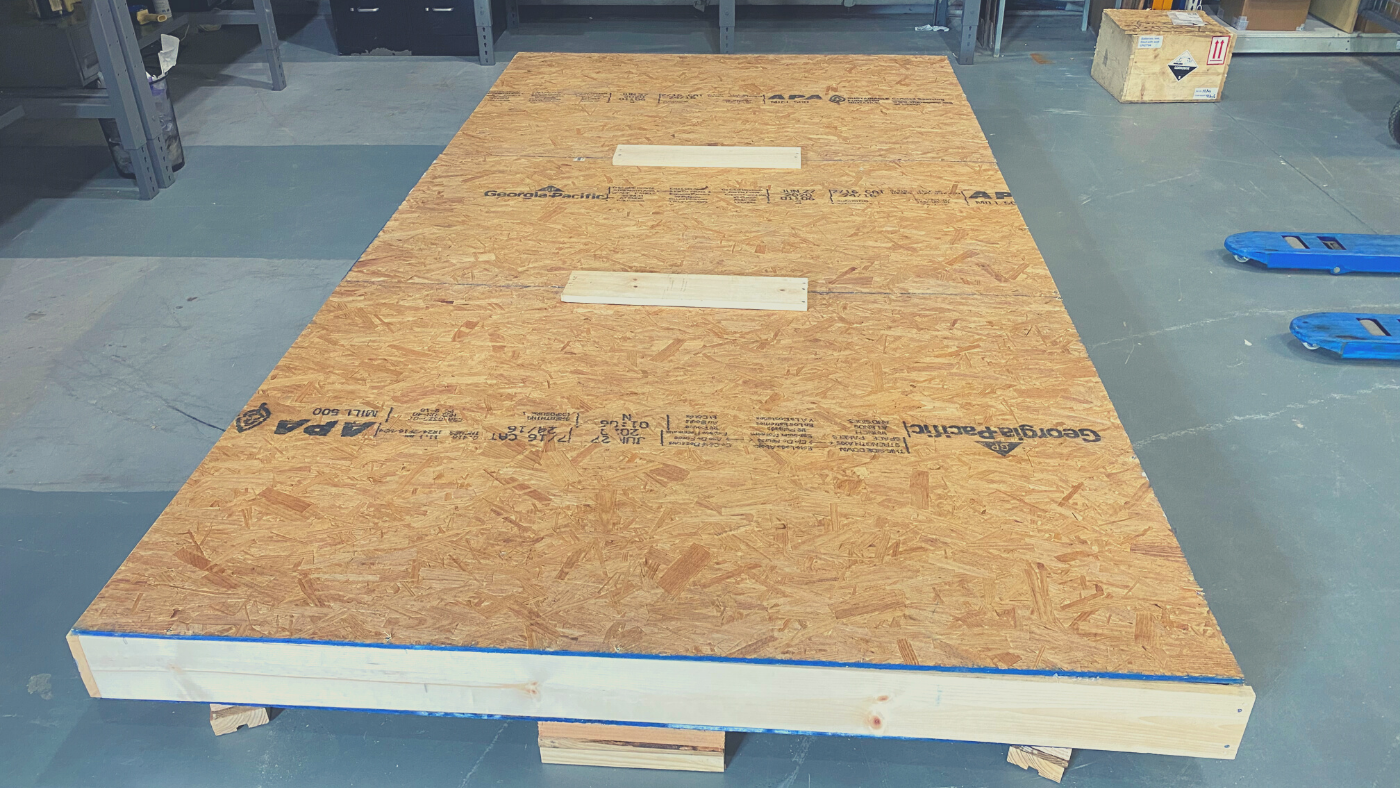The freight industry is in a state of chaos.
With high demand, low capacity — people working at freight companies are in a state of panic.
Long hours have consumed their life, angry customers plaguing their email, and with little internal support, they're frustrated.
Sadly, the people most impacted by this are the ones who are in direct contact with the client, you, or the product, your shipment.
These people are drivers, customer service agents, and warehouse personnel.
In a state of panic, they rush, don't pay attention to details, and, unfortunately, misplace, damage, and mishandle your shipment.
A recent history of aircraft material freight issues.
Every month we ship thousands of parts all over the world.
We use FedEx, DHL, or through our freight integration program.
We had a recent cargo shipment that our client hired a well-known courier to carry.
When the courier arrived to pick up the freight, they brought a truck that was too small for the crates — they had the weight and dimensions before scheduling the pick-up.
Once the driver saw the crates, he asked if we could turn the containers on its side to fit into the truck.
Our Warehouse Manager told him,
"absolutely not, please send another truck, acceptable for this shipment."
Eventually, they picked the shipment up, which stayed at one of their facilities for two weeks. Trying to get customer service to help release the shipment was a nightmare.
We had to pull the shipment back, and this is what they gave us…
Before Transport:
Freight Returned:
It’s scary to see tire marks on top of this crate.
Another recent incident was when a cargo operator carried pallets for us — supporting a foreign Air Force.
Here's how the boxes arrived.
It's safe to say this wasn't a gentle ride.
It's not fair to put all the blame on these companies for their package misconduct.
If we're going to be someone who helps solve our clients' problems, then we also need to do our part to ensure the packages arrive in good condition, no matter what.
Here How To Take Extra Shipping Precautions
Most companies don't want to insure their shipment. It's costly and unlikely to be used — that's insurance.
Because of that, we have to make sure the aircraft part investments we're shipping are protected from damage and loss.
Here are a few ways we're doing it here at Skylink.
Shippers and receivers need to invest in better boxes depending on what the shipment contains. If they're shipping one thousand gaskets, then a smaller, standard box is acceptable.
If they bought a $50,000 avionic and are consolidating it with various expendables, upgraded packaging must be used.
An asset like a $700,000 aircraft engine, or five pallets of aircraft maintenance material worth $900,00 should include a GPS tracking device. This way, we know where our client's investment is, anywhere in the world.
We've heard that everyone DISLIKES packaging popcorn inside the box, especially receivers.
All shippers need to replace popcorn with Instapak foam, or something similar.
It's a waste to use Instapak for all types of shipments. We use recycled shipping paper and bubble wrap for lower-value, smaller items.
On all our packages, we use the fist rule to ensure there's ample room between the packaging and aircraft material.
Add multiple AWBs and packing slips to the outside of the shipment, in separate locations, in case they get pulled off and include appropriate stickers outside the box.
Finally, we're making it a policy to take pictures and video of all outgoing shipments — so our clients always have a record of how it left our facilities.
Don't rely on parcel services to protect your aircraft part investments. We must continue to do our part to ensure packages arrive at the destination in one piece.
Need To Transport Your Aircraft Investments?
We help clients ship pallets to engines all over the world.Simplify Your Freight [Click Here]





